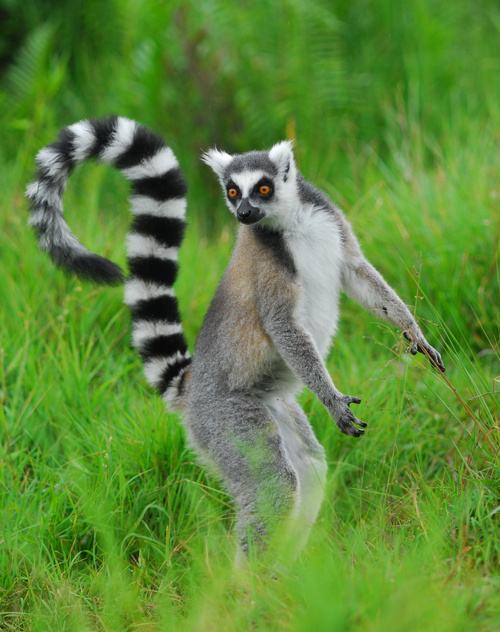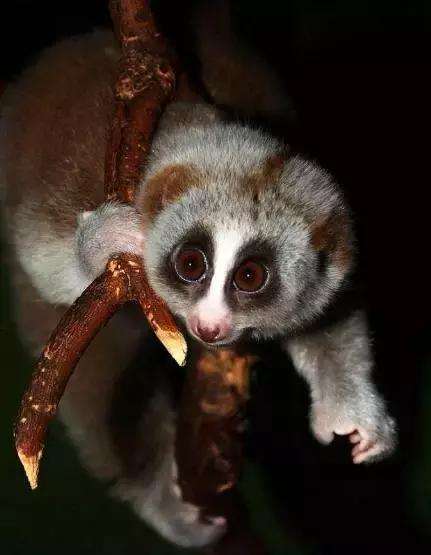
Loris tardigradus
Slow loris,Bengal slow loris, gray slow loris, wind civet, flat monkey, shy cat, mimic monkey
The slow loris is the largest of all species in the genus Sloris.Although th···
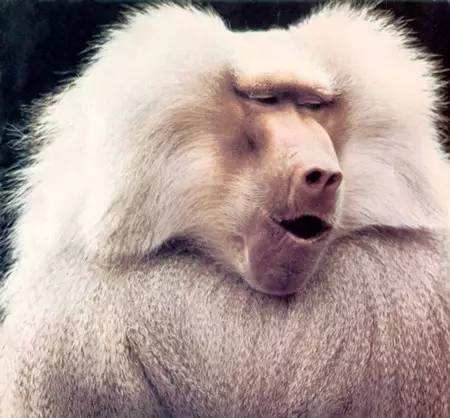
Papio hamadryas
Hamadryas baboon, Egyptian baboon, dog-headed monkey
If the monkey world were to hold a "beauty pageant", the Arabian b···
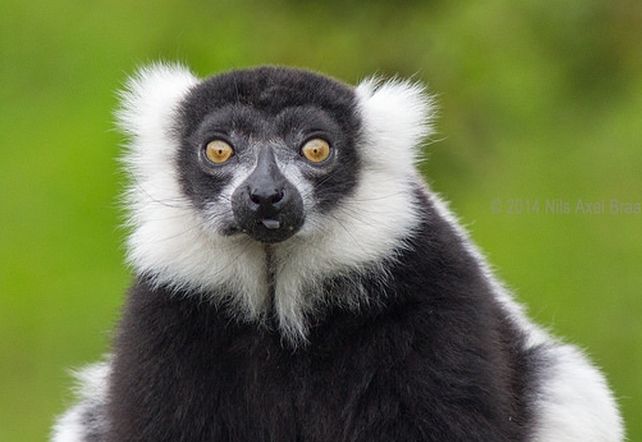
Varecia variegata
Black and white collared lemur, hairy lemur, spotted lemur, collared lemur
The black-and-white ruffed lemur is actually very special. They are the repr···
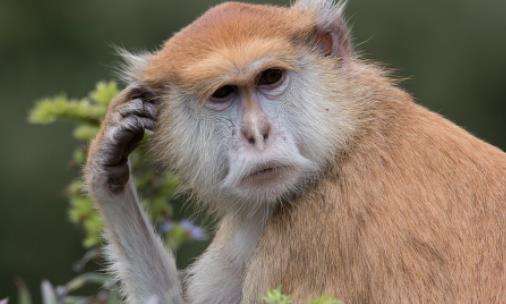
Erythrocebus patas
Red monkey, African golden monkey
One thing that makes red monkeys different from other monkeys is that they g···
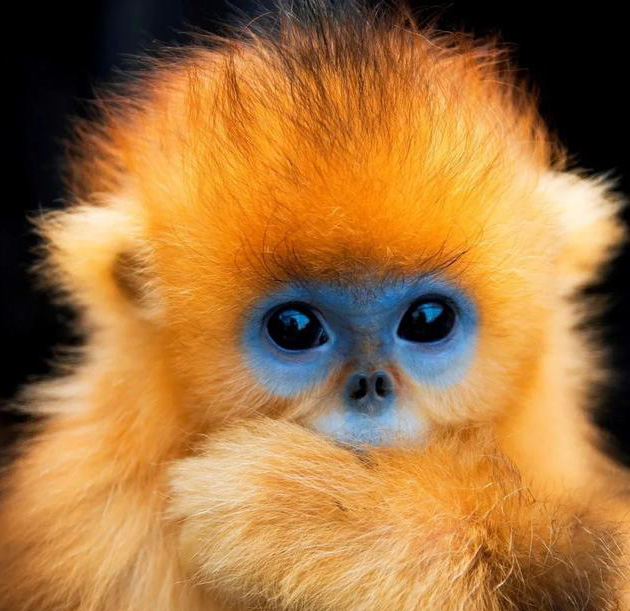
Rhinopithecus roxellana
Sichuan golden monkey, snub-nosed monkey, snub-nosed monkey, golden velvet monkey, blue-faced monkey, Rockanna monkey, long-tailed monkey, thread monkey, thread marmoset, horse marmoset, Guoran beast,
Except for the white hair on the abdomen, buttocks, and the inside of the li···
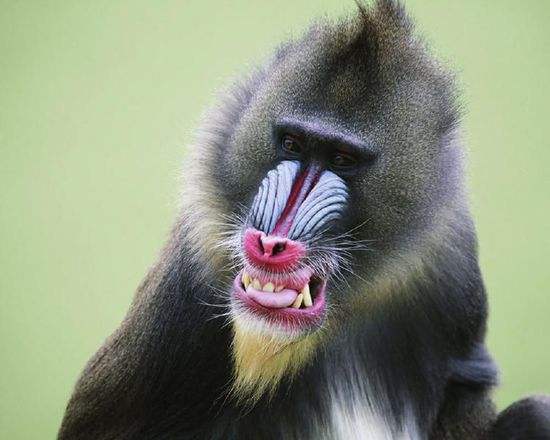
Mandrillus sphinx
Ghost-faced baboon, colorful baboon
It is a monkey, but it is not as docile as other monkeys. It is ferocious by···
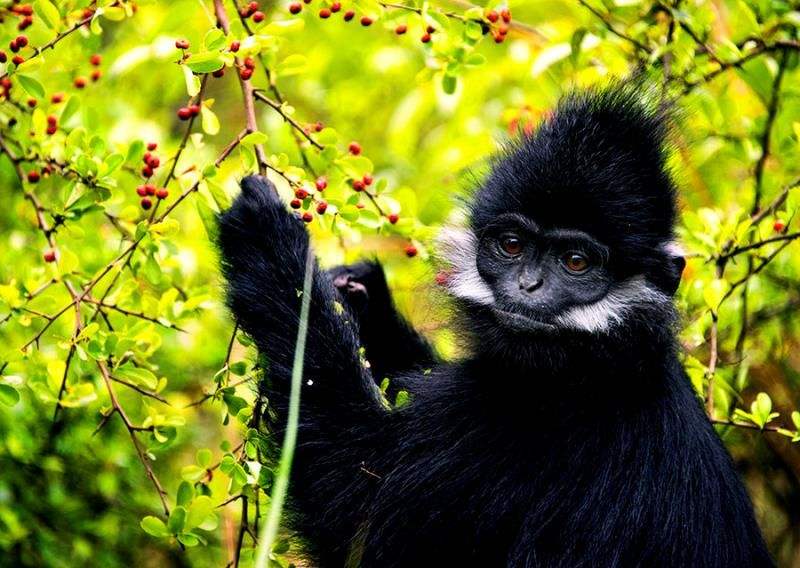
Trachypithecus francoisi
Black monkey, black leaf monkey, monkey hanging monkey, rock spider monkey
The black leaf monkey, with a black body, upright crest on the top of the he···

